Description
Saudi Arabia Opportunities increase as Riyadh accelerates Vision 2030
In April 2016, Saudi Arabia’s Crown Prince Mohammed bin Salman al-Saud unveiled his vision for economic and social reform in the kingdom.
The launch of the Saudi Vision 2030 fired the starting gun for a new era of investment in the kingdom that is accelerating diversification, plugging the housing shortage, opening up tourism, and expanding the kingdom’s manufacturing base.
At the core of the Vision 2030 programme, are a series of flagship ‘gigaprojects’ that are driving growth, investment and job creation in the kingdom. These include the $500bn Neom future city, The Red Sea Project, Diriyah Gate, Qiddiya, Roshn and Al-Ula, which were announced in 2017. Others followed, such as King Salman Park, Riyadh Sports Boulevard, Jeddah Central and King Salman International Airport.
MEED estimates there are approximately $750bn worth of projects in the giga projects programme, of which about $40bn has been awarded to date. As such, we are still are the very early stages of this massive projects drive.
Investment returns
The new opportunities are not only in construction. The political, institutional, and financial reforms of the past six years are also generating prospects in new areas such as renewable energy, advanced technology, transport, shipbuilding, healthcare, food, and aerospace. Behind it all, is the kingdom’s new economic champion, the Public Investment Fund (PIF).
New challenges
The delivery of these large masterplan developments introduces huge new challenges for Saudi Arabia, for the PIF and for the kingdom’s projects industry.
Riyadh has a total projects pipeline of just over $1.2tn. To achieve this, it must place an estimated $569bn of construction contracts by 2025, according to projects tracker MEED projects. This represents a massive 230 per cent increase on the $112bn of awards made in the previous five years.
It is an unprecedented ramping up of activity and, unless action is taken, Saudi Arabia’s projects industry will be hit in the next 24 months by the nightmare of an overheating market – inflation, delays, disputes, bankruptcies – which could undermine the entire Vision 2030 agenda.
New opportunities
Riyadh is exploring ways to increase construction capacity in the kingdom, including plans to develop super-contractors involving local and international firms, or through acquiring or investing in local and regional contractors.
But the fastest way to build capacity is to attract international contractors to the market. Companies around the world can see the Saudi opportunity, but many are deterred by its reputation as a difficult place to do business.
Riyadh must rip up the kingdom’s construction playbook and restructure the industry to recruit construction firms as partners rather than contractors. The move to deliver projects through partnerships between government sponsors and contractors will entice international players back into the market.
Riyadh has shown that it is ready to innovate. Legislative updates, such as limiting government contracts to Saudi-headquartered companies and the newly launched public-private partnership law, are significant changes in the market.
Saudi Arabia 2023
Saudi Arabia 2023: A comprehensive review of the outlook for business and projects in the Middle East’s biggest market is a comprehensive guide for companies seeking to work in Saudi Arabia.
Covering oil & gas, petrochemicals, power, construction, water, manufacturing and transport, the report is a powerful resource for anyone seeking to find opportunities, understand risks and set strategy in Saudi Arabia.
The report is of high-value to anyone seeking to identify opportunities, understand risks and set strategy in the Middle East’s biggest projects market.
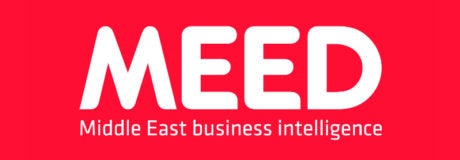
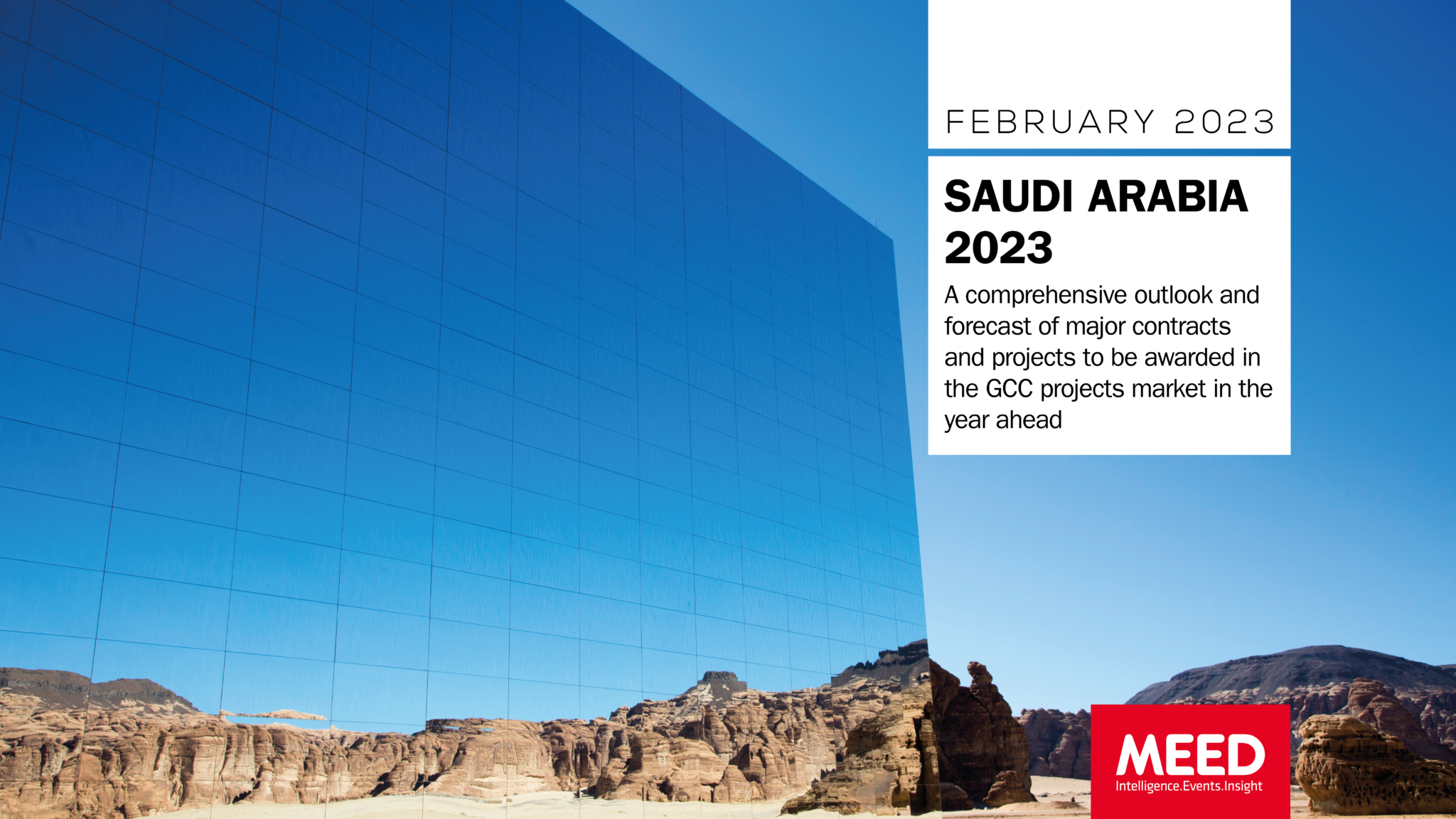
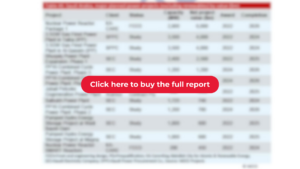
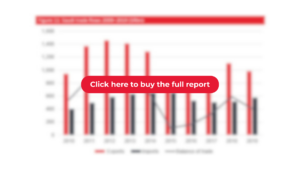
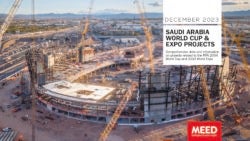
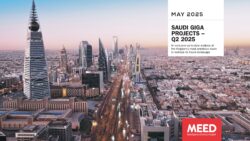
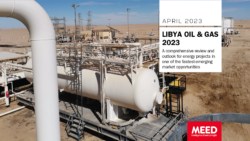
Immanuel Cappano, Siatec –
I would never have survived my first 6 months in the Middle East without the information in this report. It gave me almost everything I needed. I have now secured 4 big consultancy contracts for SIATEC. I would not have been able to do this without MEED’s information